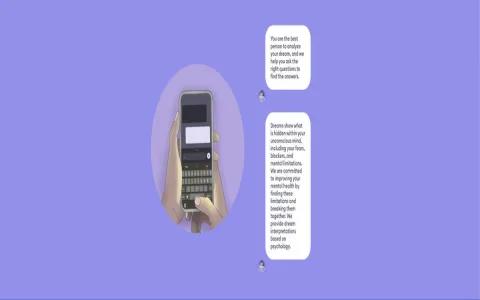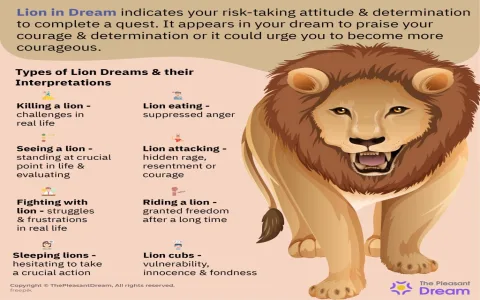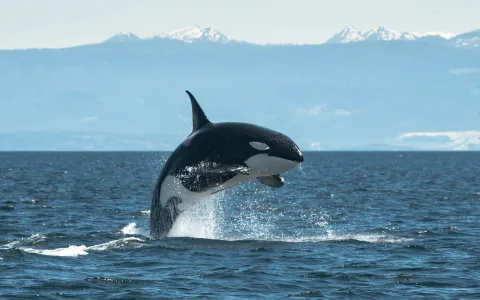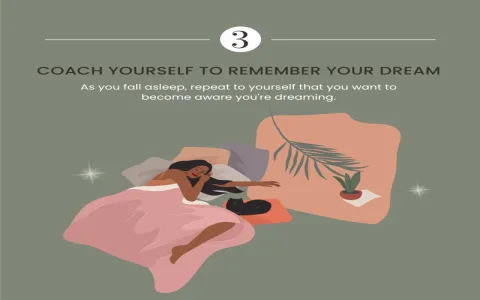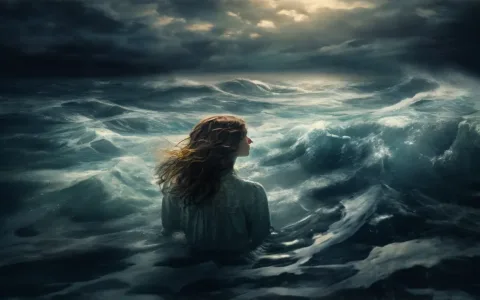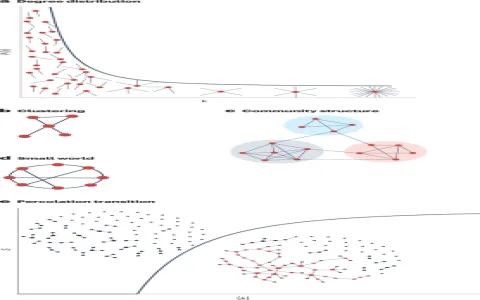The Day I Stopped Waiting for Sunlight
You see that title? “Swimming with whales.” That was always the big goal. For years, I had this massive project sitting on my hard drive—something I knew needed to happen, something that felt like my life’s work. But every time I looked at it, the water was dark. Not just murky, but pitch black. It was the uncertainty, the sheer scale of the thing, and honestly, the fear of hitting something huge and unseen in the deep that always kept me sitting on the dock.
I read all the books. I watched all the tutorials. I prepped the perfect boat—which in my case meant configuring the optimal server setup, designing three different branding schemes, and writing endless outlines for content I hadn’t even started filming yet. I was preparing for a sunny day swim, but the forecast just kept showing storms.
And that’s the practice record I want to share today. Not the success story of the swim, but the practical log of how I actually pushed off the dock and jumped into that freezing, dark water, even though everything in my gut screamed “Wait!”
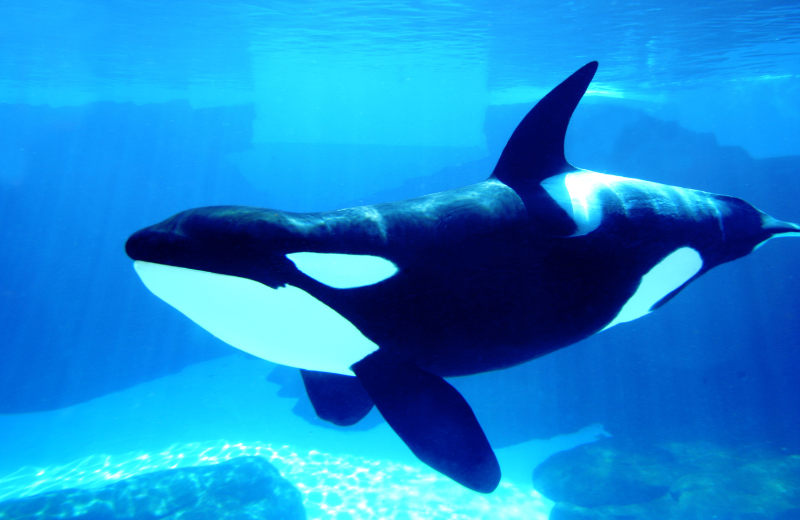
Logging the Descent: The Practical Steps I Took
I started by completely chucking the “perfect plan.” That was step one. The perfect plan was paralysis. I realized I was spending 80% of my time optimizing things that didn’t exist yet. My goal was simple: just get wet. I didn’t care if the whale was a humpback or a baby dolphin at that point. I just needed motion.
Phase 1: The Brutal Minimum Viable Dive (Duration: 72 Hours)
- I took the simplest piece of the project—a single, rough video concept—and mandated it had to go live within three days. No excuses.
- I trashed 90% of the custom code I’d written over the last year. It was over-engineered junk built for a scenario that might never happen. I switched to the most basic, off-the-shelf platform I could find. Yeah, it looked ugly, but it worked.
- I bypassed the fancy audio setup and just used my phone mic. The quality was terrible. I didn’t care. The point was to prove the process worked, not the production value.
This felt like a disaster. I remember staring at the screen after I hit “Publish” and feeling sick. Everything was clunky. The colors were wrong. But the important thing was that I had officially entered the dark water. The platform was live. The core idea was out there.
Phase 2: Navigating by Touch (The First Two Weeks)
Once I was in, I couldn’t see anything, which meant I had to stop relying on vision (planning) and start relying on feeling (feedback). This is where the real practical logging began. Because the water was dark, I had no idea if I was swimming towards a whale or a giant underwater rock formation.
I stopped building new things and started fixing the old, broken things that people were complaining about immediately. The feedback was brutal, messy, and totally unpolished. It was the only light I had.
- A viewer told me my video framing was awful. I didn’t get defensive; I immediately re-watched and fixed the next one.
- My basic platform kept crashing under load because I cheaped out on hosting. I pulled the plug for six hours, switched to a slightly better provider, and ate the cost. I logged it all—the downtime, the expense, the fix.
- I realized the initial concept was too broad. The dark water forced me to focus. I cut two-thirds of my potential content ideas and doubled down on the one specific niche that seemed to resonate, even slightly.
The “whale” wasn’t a sudden, beautiful appearance. It was the slow, difficult process of recognizing shapes in the blackness based on touch and sound.
Why the Water Was Dark (The Unexpected Clarity)
Now, why the sudden shift? Why, after two years of meticulous planning, did I finally just jump into this digital abyss? This is the messy part you won’t find in a standard tutorial.
The reason I finally got off the dock and stopped waiting for the sun to rise wasn’t because I found a new programming language or a better camera. It was because of a broken washing machine and an unexpected hospital bill.
I had always told myself I couldn’t launch the project until my financial safety net was perfect. Until I had enough passive income to cover every possible outcome. That was my sunlit water. But then life happened. My wife had a medical scare—nothing major, thankfully—but the bill that followed was catastrophic. It wiped out a year’s worth of careful saving in about forty-eight hours.
I remember sitting there, staring at the zero balance, and realizing that my perceived safety net was a total illusion. It didn’t matter how sunny the water looked; a rogue wave could always come and smash the boat. My perfect plan hadn’t saved me from reality.
The dark water I was afraid of swimming in—the uncertainty of launching the project—was actually no scarier than the supposed safe harbor I had built for myself. I realized that waiting for “perfect conditions” was just waiting to die comfortably. The risk was always there, whether I moved or not.
So, I scrapped the financial rebuilding plan and instead redirected all that energy into the project launch. I wasn’t doing it for fun or perfection anymore. I was doing it because the fear of financial ruin had finally made the fear of public failure seem small and insignificant. That terrifying reality check was the push I needed. The dark water became less intimidating than the comfortable silence of the dock. And that’s how I finally started swimming.



